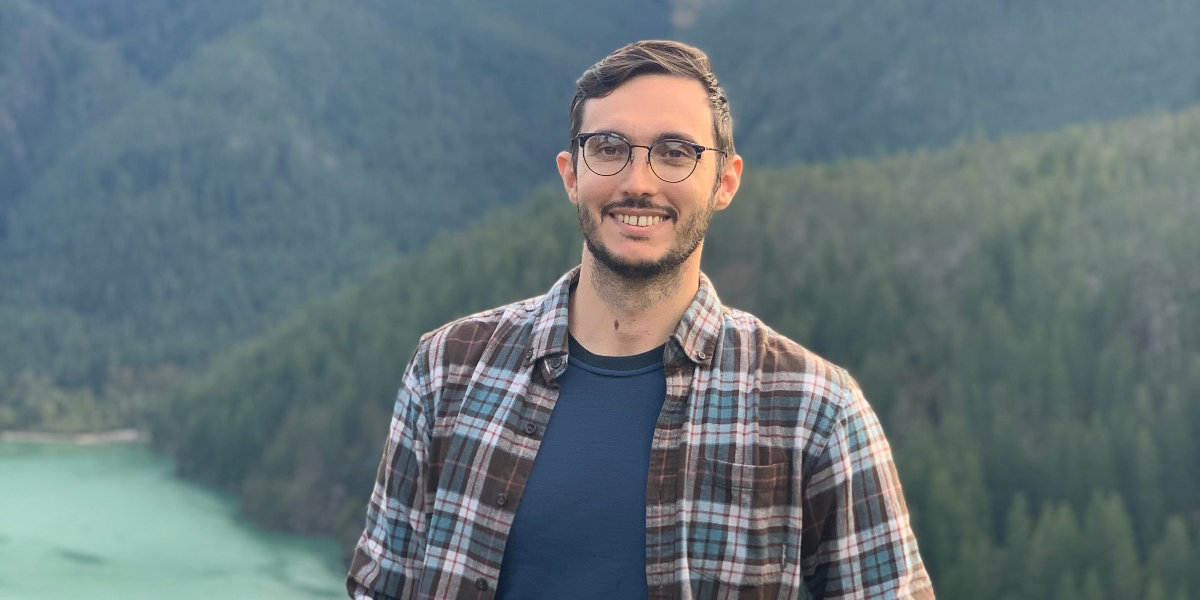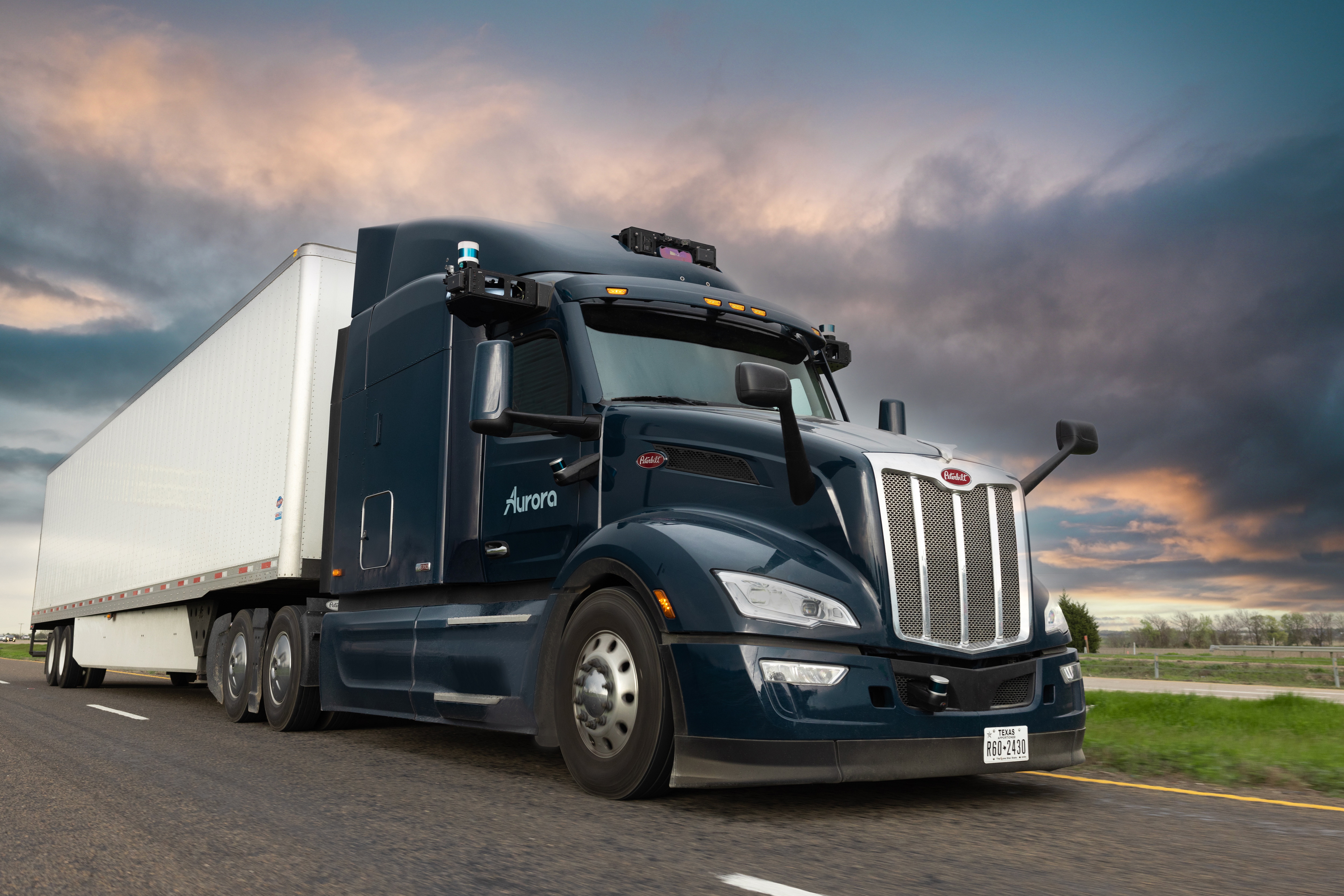
Driving Change: Engineering Transportation Solutions
One of the biggest takeaways from Matthew Battifarano’s (PhD ‘22) experience at CEE is that “what you do has to interact with and work in the outside world.” He leans on that experience daily as a software engineer at Aurora, where he applies mathematical models and machine learning to solve complex real-world problems in transportation and urban systems.
Battifarano chose CEE because he could earn a Master’s and work toward a PhD while focusing on advanced infrastructure systems and machine learning. While at CMU, Battifarano studied the role of new and emerging technologies in transportation and their impacts on mobility systems. He utilized statistics, machine learning, and game-theoretic network equilibrium theory to understand the impact of shared mobility, connected vehicles, and autonomous vehicles on our transportation systems.
Participating in such a detailed level of research surprised nobody more than Battifarano himself. His undergraduate degree was in math, not in engineering—and his path to CEE only began during a few serendipitous meetings during his first job. “I was in a room with supervisors who had PhDs. We were working on optimizing a driving system. Their expertise allowed them to break down the problem into something we could work on and make sense of. I started to think, ‘that is so cool. How do I get to where they are?’”
He says that his time at CEE allowed him to see the big picture of engineering and how every piece must work together for a successful end result. “My education at CEE helped me to reframe everything into system-level thinking. Even in the depths of writing a paper and thinking about technical things, it’s easy to lose sight of ‘what does this mean with the entire system—how does it interact?’”
Battifarano adds that each class emphasized the need to test and retest theories to ensure they would work in the real world. He also found he utilized skills from his undergraduate math degree more than he expected to. “There’s a lot of math involved in engineering. And the subjects really are similar because both work in a model space and force you to think about what you are leaving on the table. I felt really at home in the engineering space.”
Research conducted at CEE with advisor Sean Qian, “Behavioral inference from non-stationary policies: Theory and application to ride-hailing drivers during COVID-19 lockdowns,” allowed Battifarano to investigate a sequential statistical hypothesis testing framework to estimate in real-time when and how drivers change their trip preferences. “We were able to demonstrate a shift in preference from ride-hailing trips to food delivery trips within a few weeks of the start of pandemic restrictions. The emphasis here is on the real-time aspect: we were able to apply the test to the data as it is being collected, not in hindsight.”
"We were able to demonstrate a shift in preference from ride-hailing trips to food delivery trips within a few weeks of the start of pandemic restrictions."
 Battifarano’s research eventually led to a position at Aurora, a Pittsburgh company that creates self-driving technology for trucks to move supplies continuously. He uses the strategies he employed during research—especially looking at all of the variables that can play into a complex situation—to inform his decisions as a software engineer.
Battifarano’s research eventually led to a position at Aurora, a Pittsburgh company that creates self-driving technology for trucks to move supplies continuously. He uses the strategies he employed during research—especially looking at all of the variables that can play into a complex situation—to inform his decisions as a software engineer.
At work, he’s focused on the Aurora Services Platform, a software services/web application suite that allows customers to integrate the Aurora Driver (the company’s autonomous vehicles) into their existing logistics service. “Customers with Aurora-powered vehicles in their logistics fleet need an easy way to put them into service alongside their existing fleet.”
Battifarano’s team ensures Aurora’s self-driving trucks integrate into a customer’s fleet. This is accomplished through a " Horizon " solution that integrates with a customer’s existing transportation. Once the connection is made, goods can be scheduled and moved via the highway system. “We build the software that powers the integration to make it seamless for the customer. The customer cares about a load being delivered—and we care about everything it takes to make that happen with the Aurora Driver.”
Battifarano recommends that current students take advantage of networking opportunities to gain insight and connections within the industry. He adds that talking to potential employers is easier when you’re still a student. “People are really willing to talk to and mentor you when they know you’re a student. They want to help. Don’t pass up that chance.”